Blog, Canning & Preserving, Herbal Recipes, Herbalism, Recipe Box, Sweet Stuff Recipes
Recipe Box: Queen Anne’s Lace Flower Jelly
Amber Shehan • July 25, 2011
As I’ve discussed before, sometimes I think my neighbors must hate me for harboring a yard of unwanted pests and dingy weeds. We encourage our yard to be an eco-system, rife with native plants and insects…which in our neighbor’s world means “unmowed and disgusting!” The truth is that we DO mow around the house to…
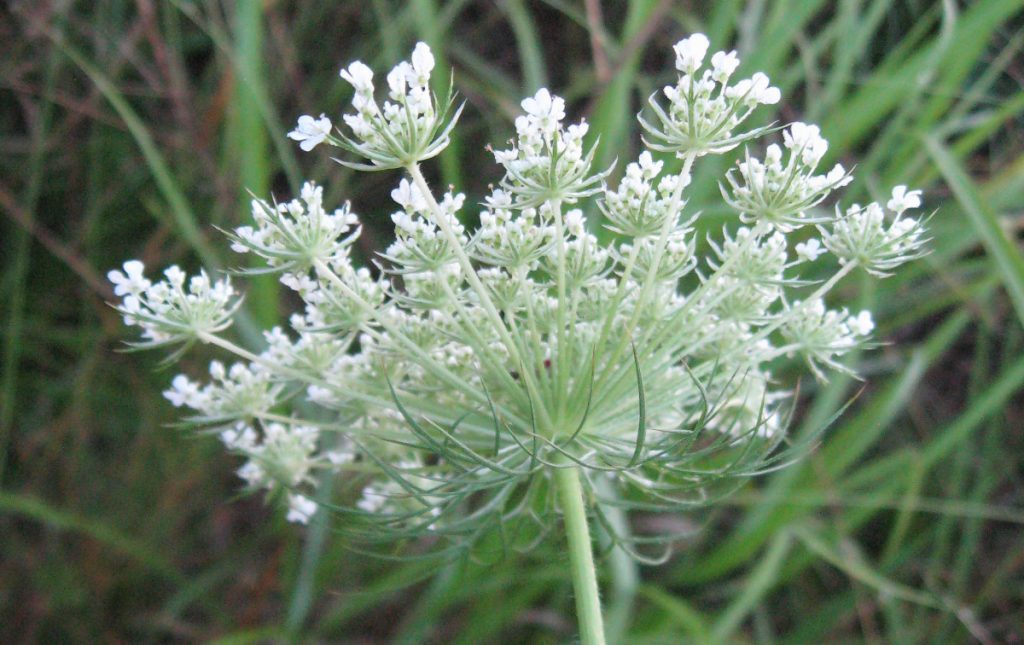
As I’ve discussed before, sometimes I think my neighbors must hate me for harboring a yard of unwanted pests and dingy weeds. We encourage our yard to be an eco-system, rife with native plants and insects…which in our neighbor’s world means “unmowed and disgusting!”
The truth is that we DO mow around the house to ensure that the native insects are at a decent radius from our doors and windows, but that we leave the edges of the yard a lunatic fringe of tall grasses, red clover, chicory, burdock, happy daisies, the tall, bobbing heads of Queen Annes Lace.
I’ve only recently come to know Queen Annes Lace as a plant with uses other than being homes for many tiny crab spiders and aphid-farming ants. I have read of her seeds’ efficiency as an alternative birth control method, learned that her tubers are edible in early spring and that infusions of her leaves can be taken for kidney and liver assistance, but none of these have been tried and tested in my home as of yet.
So I was terribly intrigued when I learned that you can make a delightful jelly from the flower heads of Queen Annes Lace, and I decided that I would make it as soon as I could.
I chose a lovely day, and after playing in the yard and tweaking the recipe to suit my mood and limited canning equipment, I made myself some lovely jars of pinkish flower jelly! I have already thought of many potential adaptations for this simple, citrusy, floral jelly the next time I prepare it. Maybe a couple of pink peppercorns thrown into the mix, or perhaps grapefruit, grated carrot or ginger.
The following guide assumes you have at least some knowledge or experience of canning with a hot water bath method.
Queen Annes Lace Flower Jelly Recipe
First, find a good-sized patch of flowers. Make sure it is really Queen Annes Lace, and not her cousin, Poisonous Water Hemlock. Queen Annes Lace has a hairy stem and the distinct, piney scent associated with aromatics in the carrot family. Poison Hemlock is smooth and smells gross when you rub the leaf. (Here are more identification tips!)
You’ll likely be competing with many insect friends whilst gathering the blossoms, so be prepared! You’ll need at least 20 flower heads to make 2 packed cups of Queen Anne’s Lace flowers.
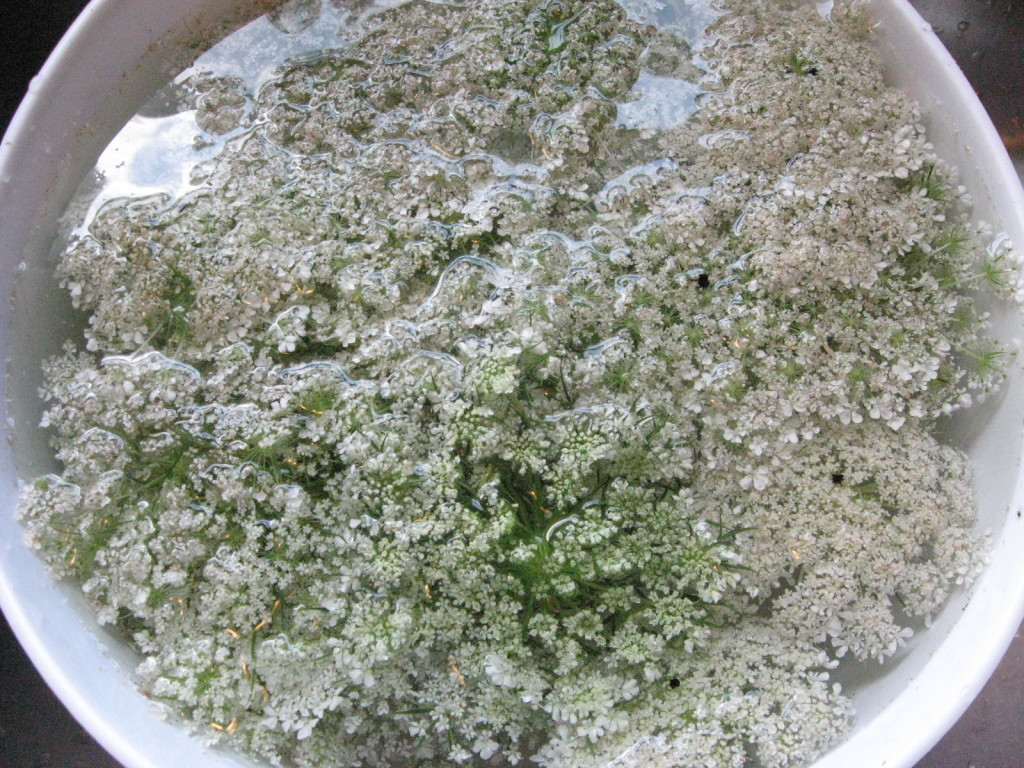
Give the flowers a good rinse (or soak for five minutes, if you need to) to ensure all of the buggies are no longer in residence.
Boil four cups of water in a medium to large pot. While the water is heating, trim the stems of the rinsed flowers all of the way to the base of the flower head. Breathe in deeply and enjoy…but note that the finished product is not as pungent as the fresh sap smells.
Toss in the flowers when the water is at a boil, stir, cover with a lid, and remove from heat. Allow the flowers to steep for as long as you wish. I left mine for over an hour while I had lunch and a cold beer.
Strain the infusion. I used a layer of cheesecloth in a standard colander to make sure the little bits of petal and bug were all out. Toss out the spent flower heads.
Sterilize your jars! At this point, I placed my six 8 ounce jelly jars and their lids in a boiling water bath to sterilize while I prepared the lovely jelly.
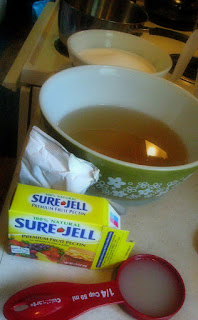
Ingredients
Prepare the following ingredients so that all is at hand:
- 3 cups of the strained Queen Anne’s Lace Flower infusion
- 3 1/2 cups of sugar
- Juice of 1 lemon, or 1/4 cup of bottled lemon juice
- 1 packet of pectin (I used standard Sure-Jell)
Pour the infusion into a medium-sized cooking pot, and turn it up to a medium-high heat.
Add the lemon juice and the packet of pectin to the pot. Stir the mixture well, and often.
Pull out your jars, lids, and rings to dry while you allow the pot to come to a full, rolling boil.
Add the sugar and stir constantly until it returns to a rolling boil. Let it boil for one minute, and remove from heat.
Pour or ladle the very hot jelly into the jars carefully.
Wipe the rim with a clean cloth, and top each one with a sterilized lid.
Process your jars as you wish. I use a hot water bath using the instructions given in the pectin box. Make sure to follow the instructions carefully, including adding extra time due to your altitude! My jars were in for ten minutes instead of five.
Let the jelly rest for 24 hours before you pick them up and wiggle them around! After that, it’s open game on flower jelly. It tastes like a light floral lemonade or grapefruit juice! It is excellent with a cup of tea and a toasted English muffin.
Recipe adapted from:
Foraging Foodie: http://www.foragingfoodie.net/index.html
The Wild Carrot – Queen Annes Lace: http://www.carrotmuseum.co.uk/queen.html
[content-egg module=Amazon template=grid]
Get updates from Pixie's Pocket: brewing and herbs in your inbox:
Posted In Blog, Canning & Preserving, Herbal Recipes, Herbalism, Recipe Box, Sweet Stuff Recipes
Tagged: Blog, canning, DIY projects, eat your weeds, featured, foraging, jelly, punk domestics, queen annes lace, recipe box, summer, wildcrafting
Amber Shehan
Hi! I'm Amber Pixie, and this is my site. Enjoy the recipes, information, posts, and please feel free to message me if you have questions!


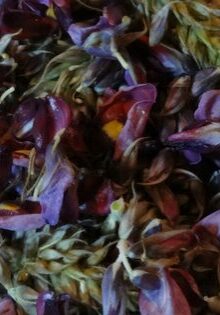
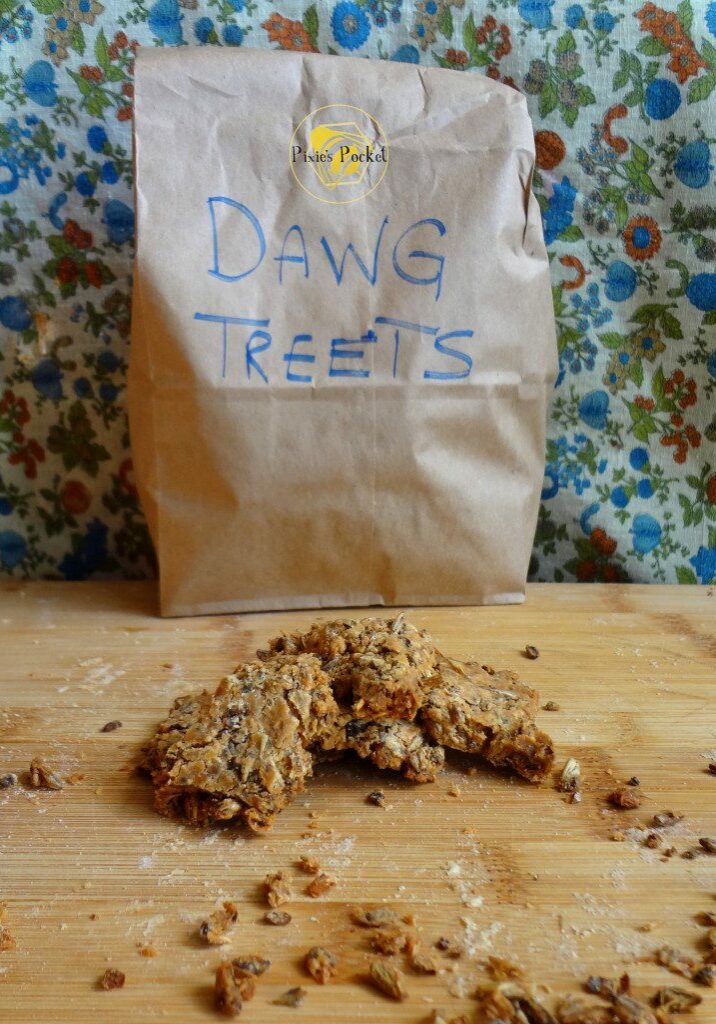
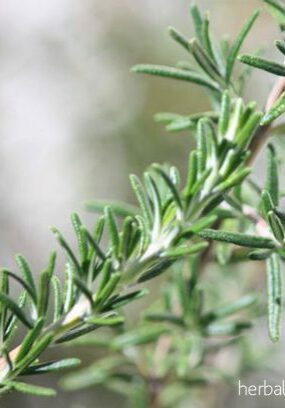
This is so awesome ~ thanks for sharing! I’m looking forward to making my batch too … soon!
Enjoy!
Rose, you’ll have so much fun. It’s just a nice, simple recipe…and you can make paper from the flowers, or so I understand. Check the Wild Carrot Resource page that I link to for more info about that. <3
What an intriguing recipe! I would love to try this for myself, but I’m more than a wee bit paranoid about choosing the wrong plant!
Made it yesterday, waiting for it to set. Thank you for the recipe!
Christina, once you look closely at the stem of Queen Anne’s Lace and see the hairs, you’ll know you have the right plant. Plus, she smells super piney or carrot-y when you crush her leaves between your fingers, you can’t miss that smell.
Thanks for leaving a comment, and by the way, you make adorable little animals! 🙂
Well, I finally did it! My daughter and I picked some Queen Anne’s Lace this morning and I tried your jelly. Thanks for the inspiration!
Lisa: Congrats! I hope you enjoy it! You know, my housemates have taken to calling it “Lawn Clipping Jelly” as they smear it on their toast. 🙂
I’ve made several batches of Queen Anne’s Lace jelly, but it doesn’t seem to be setting up. Does it take awhile? I am not new to making jelly as I have been doing so for about 40 years. This has me stumped. I have followed all the directions.
Hmm…I am not sure what is going on with the jelly not setting up – when I’ve used this recipe, it did come out a bit softer than most juice-based jellies, but it definitely set after 24 hours. It was light, but thick enough to have a good texture to it, and it spread well. Could it be an altitude difference? You definitely have much more canning experience than I do!
[…] Queen Anne’s Lace Flower Jelly […]
Yum! Do you think I could substitute gelatin for pectin? I have all of the ingredients except pectin…but I do have gelatin!
Honestly, I’ve never used gelatin in that way before! If you’ve made jellies with it, I’d assume it is fine…? Sorry I’m not more helpful here!
[…] an infusion of wildflowers. Specifically, this recipe was based on my previously successful Queen Anne’s Lace Flower Jelly, and so we will continue with having that be the […]
I love your blog! I stumbled on it when looking for recipes for Queen Anne’s Lace Jelly. I just finished a batch using your recipe, and I’m pretty excited to try it. However, I’m a little suspicious because all the images I’ve seen of the jelly are generally pink, while mine is yellow. It turned pink right after I added the lemon juice, but changed back to the yellow of the tea infusion shortly after. Did I just overcook it? Not enough or too much lemon juice? Is it just a result of using both strains of QAL in my area (with and without the purple center flower)? I’m 99.9% sure there’s no hemlock in there; at least, I didn’t have any weird hallucinations from inhaling the steam. Anyway, if you have any insight, I’d greatly appreciate it! (And I can’t wait to try a few of your other recipes!)
Sorry for my delayed response – I’ve been on vacation without internet for a week. 🙂
My batch turned out yellow/brownish this year, too. I think I may have overcooked the infusion, as I added the flowers pre-boil this time (whoops) and let it sit longer than an hour. But it still has the nice light grapefruity taste and I didn’t die! 🙂
If your QAL smelled carroty and sharp, you are fine. If it smelled bad and had purple spots, don’t eat it!!
Sorry for my own late reply; I forgot to check back! Anyway, I’m glad to hear that you didn’t die! I didn’t die either, so hooray! But thanks for your tip; it’s very likely that I could have overcooked the flowers. I’ll definitely try to address that next year!
looking for recipe to make wine with queen annes lace
Hello there! I also have a free guide to making wine/mead in one gallon batches here: http://www.pixiespocket.com/one-gallon-mead-recipes
I haven’t made a wine with only Queen Anne’s Lace, but I’ve included about 5-10 flower heads in a one gallon hedgerow wine (that appears in Ashley English’s book “Quench“)…
I would suggest at the minimum, four cups of flower heads. I hope that helps!
[…] you want to try something different, the Queen Anne’s Lace Flower Jelly is a great recipe to […]
[…] Queen Anne’s Lace Flower Jelly […]
[…] Queen Anne’s Lace Flower Jelly […]
I really want to give this a try but I have this childhood fear of these flower because my mother wouldn’t let me pick them. She said that chiggers live in them.
Aww! Well, I admit that queen anne’s lace and other hedgerow flowers are definitely havens for native insect life. I’ve seen spiders, tiny beetles, ants, and other bugs I can’t identify, but I’ve not been bitten by chiggers. Now, that’s only my experience, others’ mileage may vary. 🙂 From what I understand, if you scrub your hands/arms after picking the flowers, you should be safe from chiggers.
Even though chiggers can be unpleasant, it isn’t much worse than flea or mosquito bites. The soaking of the flower heads makes sure there’s no buggies in the jelly. I hope you do give it a try! 😀
[…] Queen Anne’s Lace (Daucus carota) is also known as wild carrot. This deep taproot weed is the wild ancestor of carrots grown in gardens today. According to folklore, Queen Anne pricked her finger with a needle while making lace, and if you look closely you will see a red tinge of blood in the center of the lacy flower head. With the scent of carrots, the lacy bloom appears on a two-year-old mature plant with an edible root. Wild carrot has a firm stem with small hairs all around it. The lacy white flower head is edible raw or lightly battered and fried. The seeds from the flower add texture and flavor to soups and stews. For the untrained eye, Queen Anne’s Lace looks similar to poisonous hemlock which can kill if consumed. Never try any wild plant unless you are absolutely sure it is safe and edible. Make something fit for a queen with this Queen Anne’s Lace Jelly recipe. […]